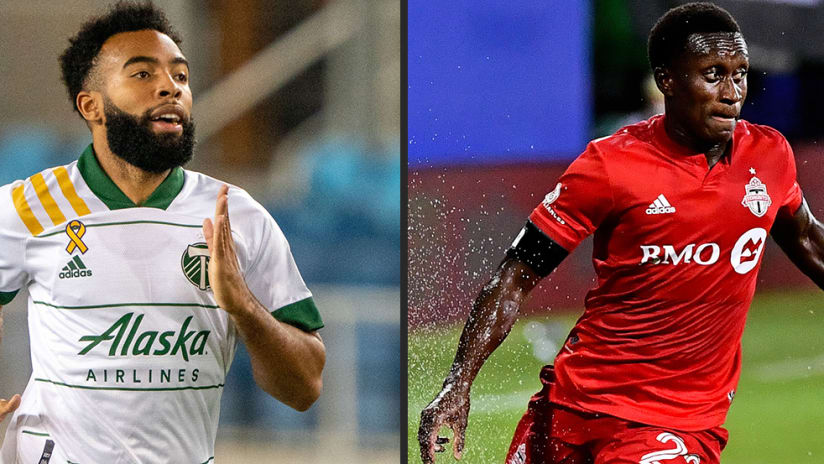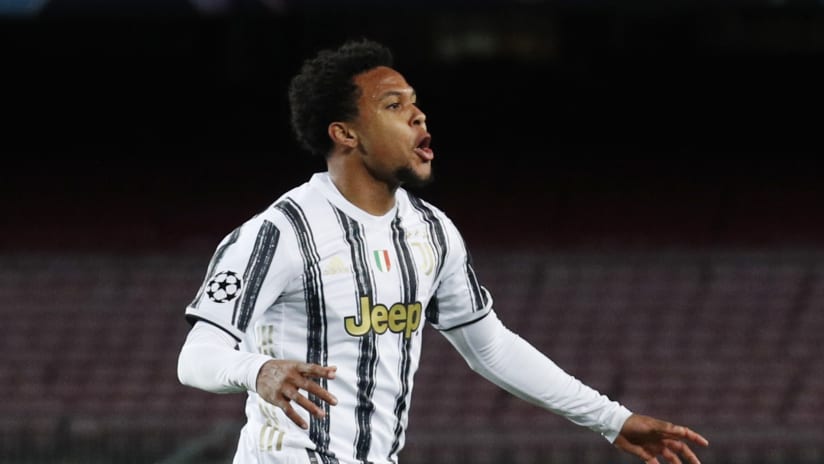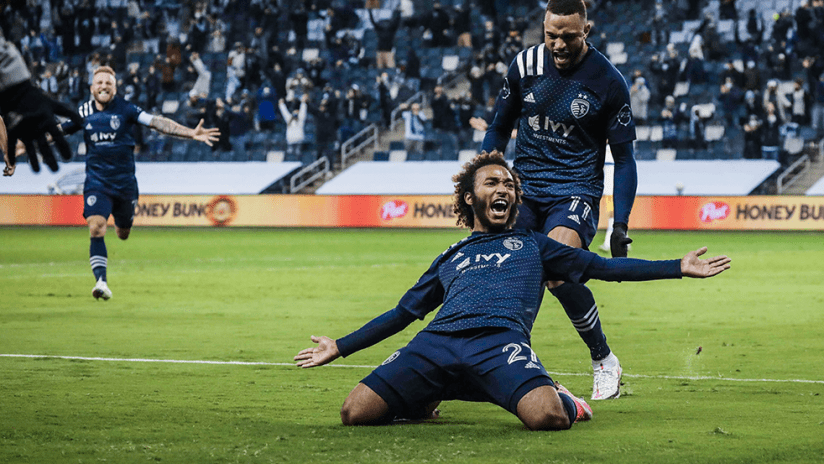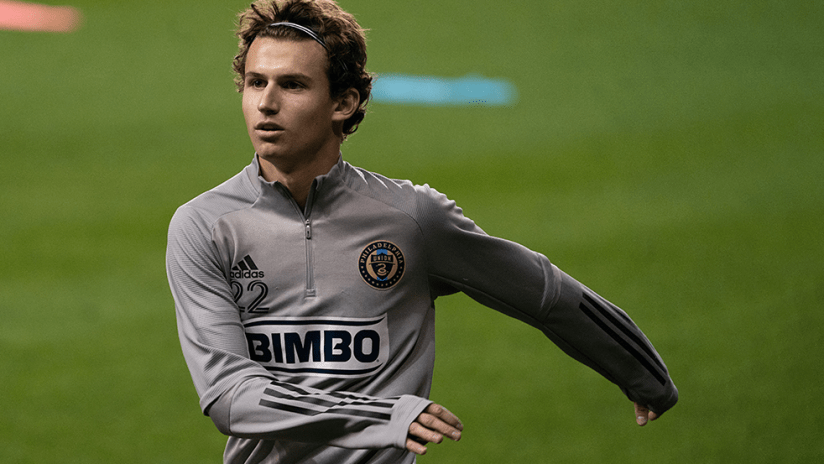Richie Laryea felt like his soccer career was hanging by a thread as he flew home to his native Toronto in the winter of 2018-19.
After three frustrating years with Orlando City, the club that made him the seventh overall pick of the 2016 SuperDraft, the Lions – a club in tumult that finished bottom of the Eastern Conference with a then-record 74 goals conceded – elected to decline Laryea’s contract option for 2019, informing Laryea that they did not consider him MLS material. Toronto FC expressed interest, but he would have to prove himself on an extended preseason trial.
“I was about to have a son in February and I was in preseason with TFC in early January, so there was instantly that little sense of fear and nervousness,” recalled Laryea to MLSsoccer.com earlier this year. “Because my wife was in Orlando, I was here in Toronto not knowing what was going to happen, and then I was flying to California for preseason for a month. So it was pretty nerve-wracking.”
Today he’s fresh off an MLS Player of the Week nod – no common feat for a fullback – after a goal-and-two-assists outing vs Columbus.
His three goals so far in 2020, the most recent of which won AT&T MLS Goal of the Week, make him one of the highest-scoring defenders in the league, though he’s done it in far fewer minutes than his counterparts, as he often plays a supersub role for TFC, who signed him to a new contract earlier this year. Laryea is an established Canadian international now, too, and tapped as perhaps the best right back in MLS.
Laryea's story is not an isolated one and, while it will never generate the headlines of Alphonso Davies' meteoric rise from the Vancouver Whitecaps academy to Champions League winner with Bayern Munich, his winding pathway to success represents another important sign of progress in the youth development picture.
More clubs, more spots, more chances, more time
The mushrooming number of academies and professional clubs across North America is a key factor in a numbers game of sorts when it comes to opportunities for individual prospects. More teams mean more roster spots, and thus more chances for aspiring players to find their path, and more technical staffs with the patience and vision to guide them.
Eryk Williamson is one of this year’s surprise standouts for the Portland Timbers, a rangy No. 8 whose versatile box-to-box work and timely attacking runs helped power the Rose City side’s title run at the MLS is Back Tournament and brought youthful vigor to a veteran-heavy squad. That sudden rise is actually a long-sought payoff years in the making, a breakthrough for an obvious talent who required a winding journey to find his best self.
Now 23, the Alexandria, Virginia, native once thought he’d make it to the pros with D.C. United, who brought him into their academy at age 17 after he impressed with affiliate youth club Arlington Soccer. Yet a combination of factors, ranging from D.C.’s reliance on established players at the time to questions about Williamson’s maturity and ideal positional fit, led him to the University of Maryland to sharpen his game under respected coach Sasho Cirovski.
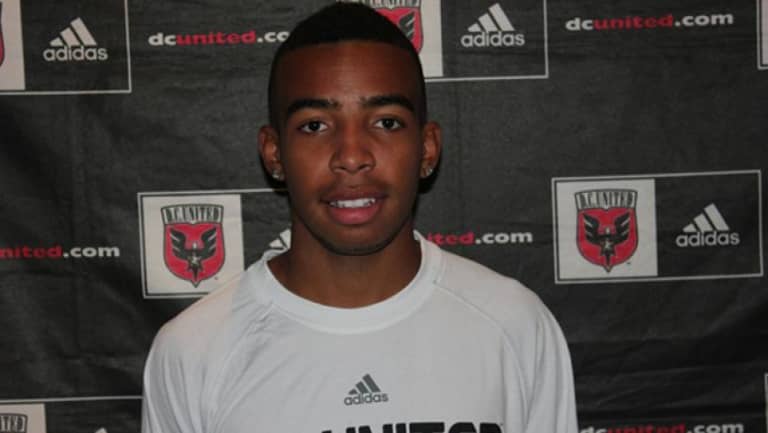
After solid outings alongside Tyler Adams at the 2017 U-20 World Cup and three distinguished NCAA seasons where he shifted from forward to winger to playmaker to center mid for the Terps, Cirovski – who has groomed a bevy of future stars like Taylor Twellman, Omar Gonzalez and Zack Steffen over the years – told him he was ready for the next level.
Williamson and D.C. couldn't reach an agreement on a path forward for him there, however; one source with knowledge of that situation told MLSsoccer.com at the time that United “just didn’t see it” in terms of his upside. And interest from Schalke 04 and other European clubs didn’t materialize into the right fit.
“[D.C.] just wasn't as interested as I thought they would be,” recalled Williamson last week. “Not that they didn't believe in me, but it was almost as if they weren't ready to go all in.”
So the parties crafted a solution that’s becoming more common across MLS: United traded Williamson’s Homegrown rights to Portland for $200,000 in allocation money and a package of other assets in January 2018. He would spend the first part of that year in the USL Championship with T2, then tried a drastic change of scenery when a loan opportunity arose in Portugal’s top flight with CD Santa Clara.
One small detail: That club is based in the Azores, a far-flung island chain in the middle of the Atlantic Ocean, gorgeous but remote. And Williamson found himself alone far from home, grappling with the Portuguese language and seen as an interloper by his new colleagues.
“My first week on the island I was like, it’s unreal here, I never want to leave,” he said. “Then it was right to business as soon as I got there and it was a lot tougher than I expected. It wasn’t the same facilities, it wasn’t the same communication.
“That’s where I really learned what it means, what it is to be a pro. It’s not always going to be easy. Sometimes it’s literally just, put your head down and grind through it. I think that was a wakeup call but at the same time it taught me so much,” Williamson added, noting that former Santa Clara teammates have since moved on to UEFA Champions League clubs. “There’s always a next step and everyone always wants to take a next step, but that was a real eye-opening experience for me.”
He took heart when the Timbers flew him back to the States to take in the 2018 MLS Cup final in Atlanta, and he climbed a bit further up the totem pole last year, earning head coach Giovanni Savarese’s trust bit by bit. It helped greatly that Jeremy Ebobisse, a friend he’d grown up playing against back in the DMV, was also in Portland, scaling the same painstaking ladder as him.
“I've always been on teams where I've started and played significant minutes, and then I come to the Timbers and now I’m getting minutes with the USL team, I go on loan and don’t play on the loan and then it was a little bit of, ‘OK, well I need to make that next step,’” said Williamson. “A lot of it was mentally, and being around guys that were playing and having guys like Jeremy, a close friend of mine, that I can reach out to and pick his brain of how he went about things.”
Unlocking Williamson's potential required a nuanced equation: Internalizing “what it’s like to be a professional” in the right place and time, with the right people. The slow, steady buildout of pro soccer infrastructure in North America helps enormously, with more coaches, platforms and data, and both Williamson and Laryea benefitted from USL minutes with T2 and OCB, respectively. That was only one aspect of the process, however.
Cultivating a new (old) market
Conversations with coaches, scouts and executives across the landscape on this topic underline the impact of organizational cultures, person-to-person relationships and the faith of coaches and GMs – enormous factors, albeit difficult to fully quantify. There’s also often a deeply individual dimension.
“Did both of those guys need to struggle to now make it?” pondered a veteran MLS scout of Laryea and Williamson’s situations. “Did Michael Jordan need to be cut from his high-school team, or was he always going to be Jordan?”
As The Athletic detailed in a feature about Laryea last year, the Toronto native actually asked TFC not to draft him back in 2016 despite their interest, expressing a desire to make his way in a new environment. When he landed there three years later, he was relieved to find that coach Greg Vanney and his staff didn’t hold it against him, but nudged him toward fulfillment with a positional shift from midfield to defense.
“Sometimes in life for players, when you come up against it and you realize you’ve got to make some sort of adjustment, whether that’s a positional adjustment and really lock in or if it’s just engaging in the process a little bit more,” Vanney said. “When you have a baby, when you change clubs, when a lot of things are put in perspective, then maybe for Richie he just felt this ‘I just have to succeed at this point,’ which is different from ‘I want to succeed’ as a young man.”
A glance across the ranks of MLS’s standout performers shows how many different routes to the top can be carved out. Carlos Vela’s odyssey from Cancun to Guadalajara to London to Spain and eventually Los Angeles. Gyasi Zardes’ experience as an LA Galaxy Homegrown who found full actualization in Columbus. Jordan Morris’ decision to pass on the Bundesliga in favor of hometown Seattle love, with a key stopover at Stanford. Joao Moutinho, Jacori Hayes and Jonathan Lewis are 2020 standouts thriving at their second clubs, while the likes of Mason Toye and Ariel Lassiter hope to follow suit after recent moves.
The task facing MLS clubs: To hone that nous for sniffing out upside, and nurturing it along what can be a long road – and if the fit isn’t right, moving the player along in a mutually beneficial situation. Perfecting that process could turn the current trickle of European-bound transfers into a flood, and bolster MLS rosters as well.
“I think we're doing a much better job. If you look at Philly and how many players that they have on European radars, did this happen a couple years ago?” said Williamson. “And seeing more and more teams having these players go overseas – Tyler Adams being one of my best friends, him signing with the [New York Red Bulls’] second team, then playing first-team minutes, and boom, now he’s at a top team in Germany. As a youth player in America, you now have hope that if you start these academies, it’s not [that] you're locked in or you may not make it.”
If a youth prospect lacks a clear path forward at their hometown club, it doesn't have to wreck their career, or their value. Larry Sunderland, currently FC Cincinnati's director of player development, has worked at several US academies and sees the growing internal market for these "second-chance players" as a pivotal step for the system as a whole, pointing to cases like Williamson's and that of Cam Lindley, the Chicago Fire Homegrown traded to Orlando under similar circumstances in 2018.
“Cam Lindley maybe didn't fit Chicago's picture but ended up in Orlando,” Sunderland noted. “These players that maybe don't fit our model – how do we get them in the shop window of Europe? How do we get them into the other leagues and begin to recoup some of these investments? Not only the one pathway of going to the first team, but now how do we move players maybe before they get to the first team? ... I think we’re close to that, I really do. It’s a new front.”

